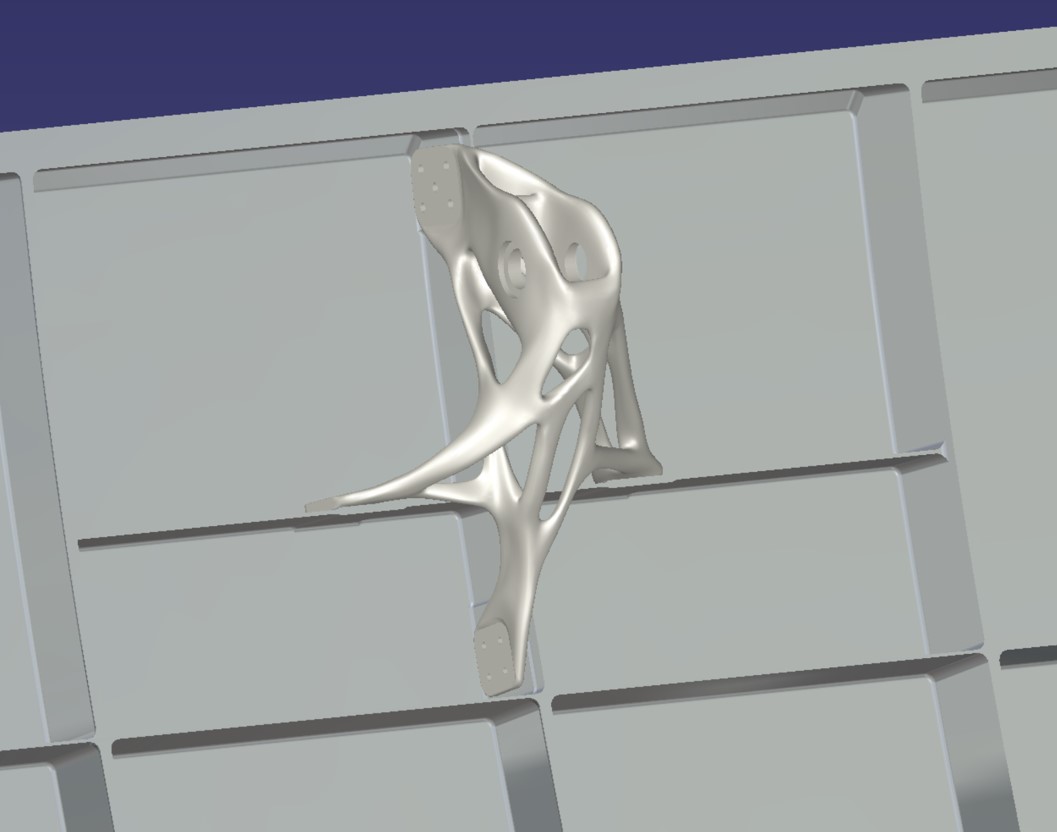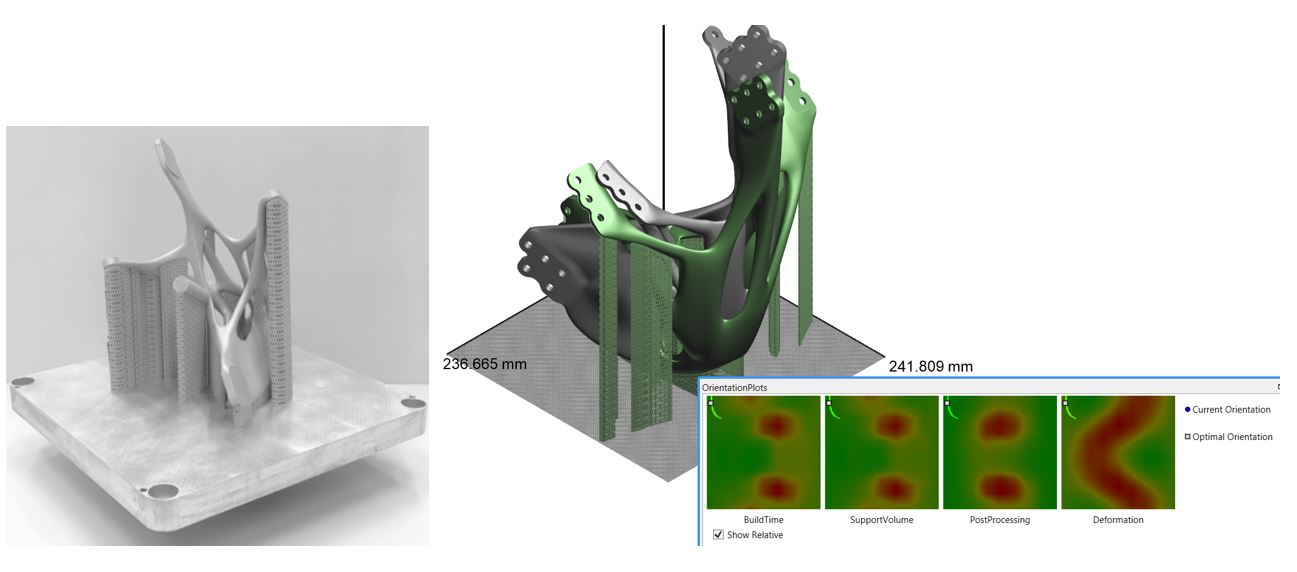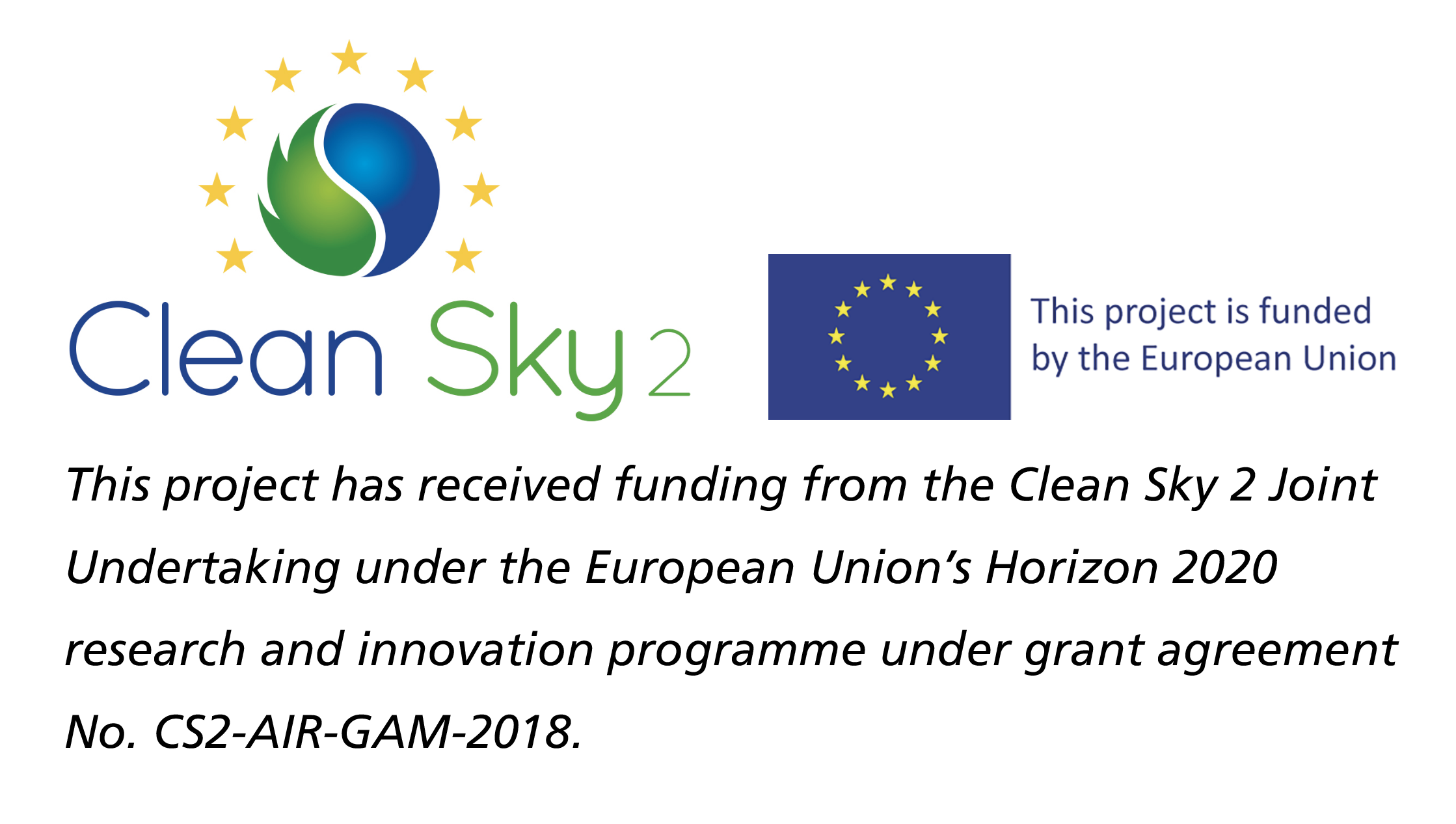Additive manufacturing for lightweight, robust and sustainable aircraft components



The sustainable use of resources and consistent or even increased safety are the main objectives in the eco efficient, safe, and sustainable aviation of the future. In this regard, lightweight design and the use of high performance materials are potential key technologies, but at the same time result in high complexity of production processes and very high costs. However, 3D printing of light metals specifically has the potential to facilitate resource-efficient lightweight design. Only the amount of material that is really needed for the component is manufactured additively. In contrast to other technologies, no molds are needed, and no excess material has to be machined. Furthermore, this technology provides engineers with a considerably greater freedom of design when compared to conventional manufacturing processes with their geometrical restrictions. As a result, systems that are potentially lighter and more effective can be developed.
Design guidelines and lifecycle analyses for 3D printing of aircraft cargo door fittings made from aluminum
In cooperation with partners from the aviation industry, the scientists at Fraunhofer EMI investigate the possible fields of application for the 3D printing of aircraft components made from aluminum. This research is funded by the European Union in the joint undertaking Clean Sky 2. The research team unlocks new lightweight potential by exploiting the geometrical freedom, and establishes design guidelines for the efficient, essentially virtual product development. In addition, the entire life cycle of aircraft components is considered, and energy and material flows occurring during the manufacturing process are measured and analyzed. Thus, not only lightweight design and mechanical performance of the components are the main focus in the development of design guidelines, but also the sustainable use of resources in additive manufacturing and in the entire lifecycle.
Automated lightweight construction using intelligent design methods
New construction methods are needed in order to support engineers in exploiting the new freedom of design offered by additive manufacturing. Fraunhofer EMI is advancing simulation-based automated design models. In this context, the topology optimization method plays a decisive role. In the simulation, the load distribution in the component is determined and its geometry is optimized. The objective is to achieve a design solution with a more efficient load distribution and reduced weight employing an algorithmically automated process. At Fraunhofer EMI, we are working on the improvement of these methods for aircraft component production as well as on increasing the safety and robustness of the optimized lightweight solutions. In addition, the findings from the lifecycle analysis are integrated into the simulation models. In the end, not only lightweight design but also sustainability and component safety are important.
Increased robustness and safety of optimized additively manufactured components
The freedom of design of additive manufacturing can be employed not only for lightweight design but also for attaining increased safety and robustness. At Fraunhofer EMI, we are working on designing topologically optimized components in a “fail safe” and structurally redundant manner. This means that components designed in this way can degrade gracefully when material failure occurs. For example, in the case of cracking or damage of the material, the load distribution is redirected in such a way that the safe operation is ensured and the affected component can be maintained or exchanged in time. In this way, redundant components can be avoided and safety factors significantly increased, and thus, systems that are more efficient can be developed.

